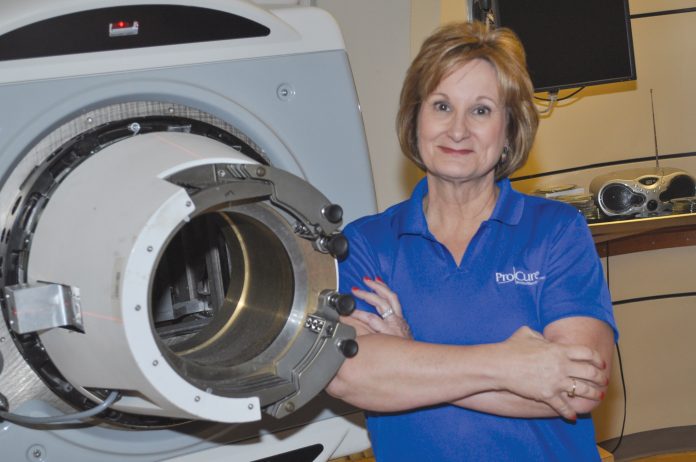Speak-Up, Dad!
Dads have too much pressure yet keep quiet about their needs
Father’s Day traditionally takes a backseat to Mother’s Day but a new national survey reveals we owe Dad special attention on his big day this year. The survey reveals that more than half of adult children (52%) sometimes feel they take their dads for granted! Why?
1) Families expect so much from Dad (be the breadwinner, romantic husband, caretaker for children, athletic supporter, handy man,)
2) Dads aren’t as vocal about their needs and accomplishments
3) Mom seems to get all the attention!
The national survey of 300 men and women was commissioned by Visiting Angels, one of our nation’s largest in-home senior care companies with more than 500 offices throughout the country.
DADS GET SLIGHTED ON FATHER’S DAY
Nearly ½ of those surveyed (44%) say they have felt dads get slighted on Father’s Day because…
1) Moms get more attention on Mother’s Day
2) Dads don’t expect as much on Father’s Day so they can get overlooked
3) It can be hard to find a good gift for Dad
ARE WE GIVING GIFTS DAD WANTS?
Americans spend half as much on gifts for Father’s Day than they do on Mother’s Day, according to the National Retail Federation. While Mother’s Day is the third largest spending-holiday in America, Father’s Day ranks number six on that list, behind Valentine’s Day and Easter.
What gifts do adult children plan to give Dad this year?
• Top gift: a card
• Second: quality time with the kids and family
• Third: gift cards
When Dads were asked what they REALLY want for Father’s Day, they said:
• Top gift: quality time with the kids and family
• Second: gift cards
• Equally tied for third: retreat to the man cave and a card
Turns out, we are giving Dad gifts he really wants! By the way, only 10% of dads say they really want a new tie for Father’s Day! And, only 13% say they want those “world’s greatest dad” gifts.
WHY VISIT DAD ON FATHER’S DAY?
Three out of four (76%) adult children say they plan visit their dad on his special day because…
• 86% say they love him and want to spend time with him.
• More than ½ (58%) say they want to set a good example for their kids.
• 1 in 5 (20%) say it’s one of the few times they get to see him each year because they’re so busy.
“It’s no surprise the survey reveals adult children adore their dads and want to visit them in-person on Father’s Day because they don’t get as much time with their aging parents as they would like,” said Larry Meigs, CEO of Visiting Angels, one of our nation’s largest in home senior care companies, with an office in our area. “On Father’s Day and every day, our caregivers go into seniors’ homes to provide companionship, light housekeeping, meal preparation and transportation. When you can’t be there for Dad, we’re here to help.”
Visiting Angels is the source for this survey and this online survey was done by a third party and commissioned by Visiting Angels.
Survey participants (150 men, 150 women) have no affiliation with Visiting Angels.







